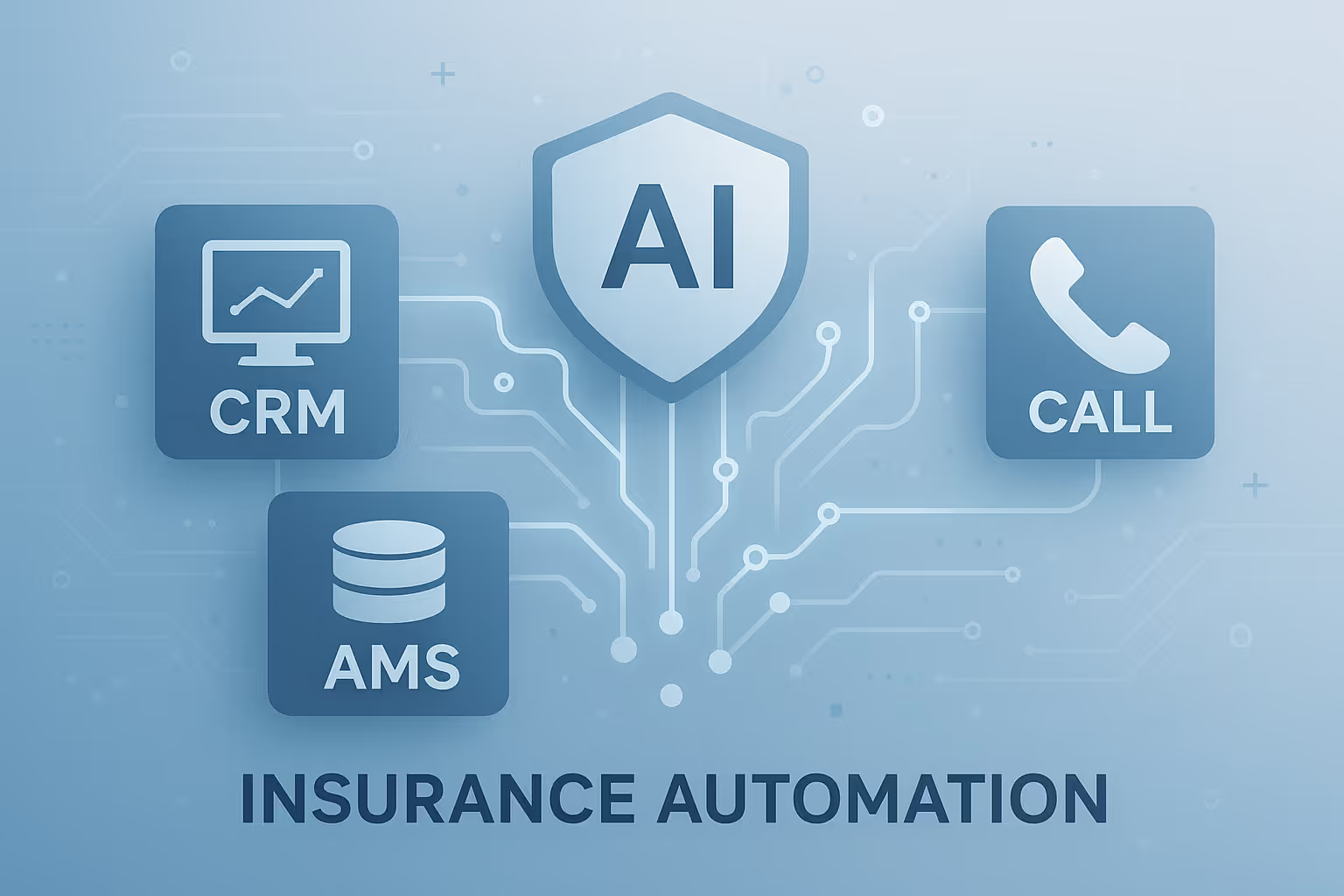The Telephonic Transformation: From Monoliths to Modernity
In the bustling corridors of corporate America a few decades ago, the Private Branch Exchange (PBX) stood as a towering behemoth—a complex labyrinth of wires and hardware that served as the telephonic heart of every business. It was the linchpin of operations, connecting calls across the globe at a time when voice communication was the zenith of business interaction. Fast forward to today, the PBX has shed its cumbersome form, evolving into a sleek, software-driven entity that not only facilitates communication but optimizes it. This evolution is not just an adaptation; it is a revolution, especially with the inclusion of voice AI.
The Persistent Challenge of Communication Efficiency
Despite technological advances, businesses continue to grapple with operational inefficiencies in communication—missed calls, procedural compliance, and customer dissatisfaction disrupt the workflow. In industries like insurance and healthcare, where calls can be life-altering, the stakes are high. Consider a hospital's triage system, where timely and accurate call intake can determine treatment outcomes. Similar scenarios unfold in insurance sectors during first notice of loss (FNOL) processes, where speed and compliance are critical.
Voice AI: A Game Changer in Business Telephony
Enter voice AI solutions like Fluents, which transform these pain points into opportunities for excellence. Fluents' platform is designed to automate and optimize real-world call scenarios traditionally managed by static IVRs or manual operators. Imagine an insurance adjuster dealing with a high volume of FNOL cases. Instead of a procedural bottleneck, a voice AI agent can swiftly capture claims information, ensure compliance, and generate audit-ready transcripts, all while acquiring customer consent. This agile approach doesn’t just streamline workflow; it elevates the strategic function of communication within an organization.
Ethical and Technological Implications of Automation
As we embrace this voice AI-driven transformation, it's crucial to ponder its broader implications. Ethically, the deployment of AI in telephony raises questions about privacy and data security. Businesses must navigate these waters carefully, balancing innovation with compliance and customer trust. Technologically, the integration of voice AI necessitates robust systems capable of processing complex language patterns with sub-second latency, a feat Fluents achieves with impressive ease. This transition represents more than mere time and cost savings; it is a reinvention of how professional interactions are conducted.
The Future Horizon: Intelligent and Humane Interactions
Looking ahead, the path paved by voice AI signals a future where business telephony is not just about connections but about intelligent interactions. As AI continues to mature, it promises to harness more than just efficiency; it could potentially facilitate empathetic, context-aware communications that feel as personal as a human touch. The industries that will thrive are those that can blend this technology seamlessly into their operability, ensuring that each call serves as a genuine connection rather than just another tick on the agenda.
The metamorphosis from hardware-laden PBX systems to agile, AI-enhanced platforms marks a significant stride in business communication. Yet, as we revel in these advancements, let us also remain cognizant of the ethical and operational landscapes that continue to shift beneath our feet, forever transforming the telecommunication paradigm.
From 10 calls a day to 85,000, Fluents scales with you. Automate globally, integrate deeply, and never worry about your call infrastructure again.

Stay Connected
Check out our latest updates, customer stories, and resources to keep leveling up with Fluents.
FAQs on Business Telephony and AI
Discover common questions about the evolution of business telephony and the role of AI in modern PBX systems.
The transition from traditional PBX systems to voice AI platforms represents a significant leap in communication efficiency. In the past, PBX systems were bulky and hardware-dependent, often leading to bottlenecks and inefficiencies. Today’s voice AI platforms, such as Fluents, streamline these operations by automating complex tasks. This includes capturing detailed call information swiftly and ensuring customer interactions are compliant and efficient. For instance, in industries like insurance, where first notice of loss is critical, voice AI can manage high call volumes without human error, ensuring procedural compliance. Thus, this evolution not only saves time and cost but optimizes workflows by turning traditional pain points into opportunities for strategic advancement.
When adopting voice AI in telephony, businesses must tread carefully regarding privacy and data security. As these systems handle sensitive information, especially in sectors like insurance and healthcare, robust protocols must be in place to protect client data. Key ethical considerations include:
- Ensuring AI systems secure consent and comply with privacy regulations.
- Implementing strict data protection measures to safeguard information.
- Balancing innovation and transparency to maintain customer trust.
Navigating these ethical aspects is critical for businesses to fully benefit from AI advancements while minimizing potential legal or reputational risks.
The future of voice AI in business communication promises innovations enhancing intelligent and empathetic interactions. As AI technology matures, expect advances such as:
- Context-aware communication: Systems will understand context better, providing personalized experiences akin to human touch.
- Integration with IoT: Voice AI could interact with devices for seamless operational synergy.
- Multilingual capabilities: Facilitating global communication by breaking down language barriers.
These advancements will push businesses toward not just operational efficiency but fostering authentic connections through technology. Industries ready to integrate these innovations will thrive, leveraging AI to enhance both internal processes and customer engagement.




